Completing Notary certificate wording is an essential part of your duties, but it's easy to get confused and make mistakes. Here is a guide to the 4 main parts of a Notary certificate and what information goes in each of them.
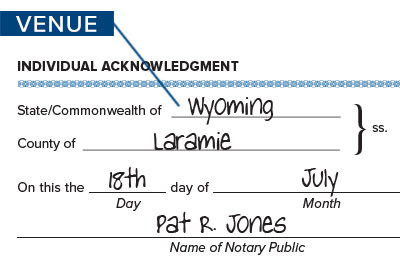
Part 1: The venue
The venue refers to where the notarization takes place. The venue establishes the qualifications and authority of the Notary or notarizing officer performing the notarial act. Usually, the Notary is asked to write the name of the county and state in the appropriate blanks. However, some venue forms require the Notary to write in different location information, for example, the city and state.
You may occasionally encounter documents that have the venue already filled in. Make sure it reflects the true location. If it does not, you’ll need to correct the certificate.
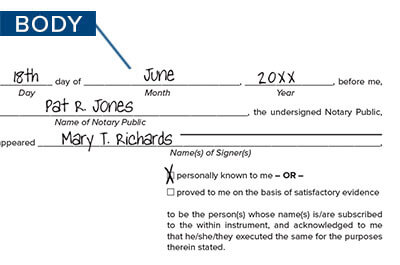
Part 2: The body
The body includes the main information about the notarial act, including the name of the signer, the date of notarization, and important details about the notarial act itself.
These details describe the facts the Notary is certifying in the particular notarization. An example of acknowledgment wording in the body might read: “…On (today’s date), (signer name) personally appeared before me and acknowledged executing the document.”
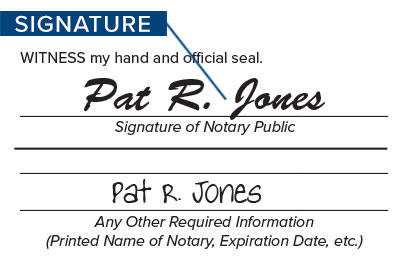
Part 3: The Notary's signature
There is always a space for you to sign. You should always sign your name exactly as it appears on your Notary commission.
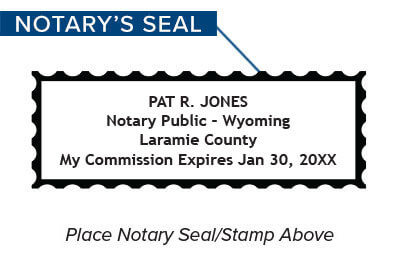
Part 4: The Notary's seal
While not all states require Notaries to have a seal or stamp, most do. Placing the seal on a notarial certificate “authenticates” or establishes the genuineness of the notarial act. Typically, you will affix your seal next to your signature. Make sure it is clear and legible.
The wording on Notary certificates varies from state to state. Some states prescribe the exact wording while others require you to use a certificate that substantially complies with the statutory form. Whatever the requirements, you’ll see these elements.

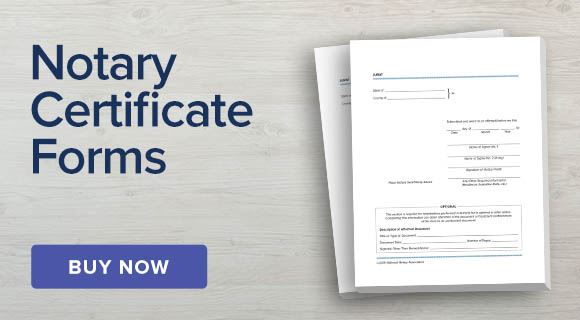
Related Articles:
When and how to use a loose certificate
Common Notary certificate issues explained